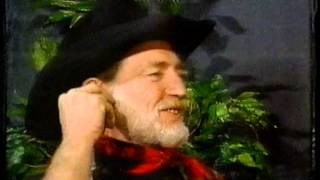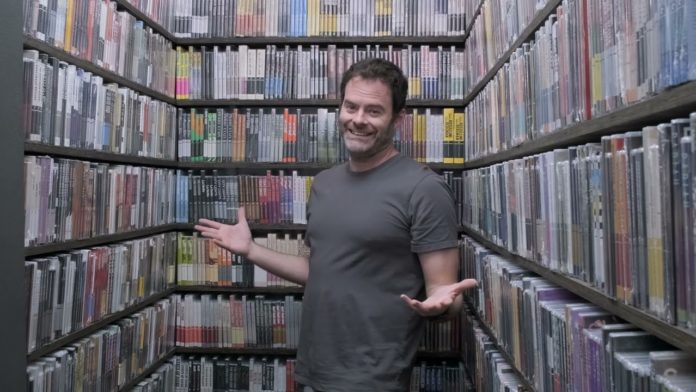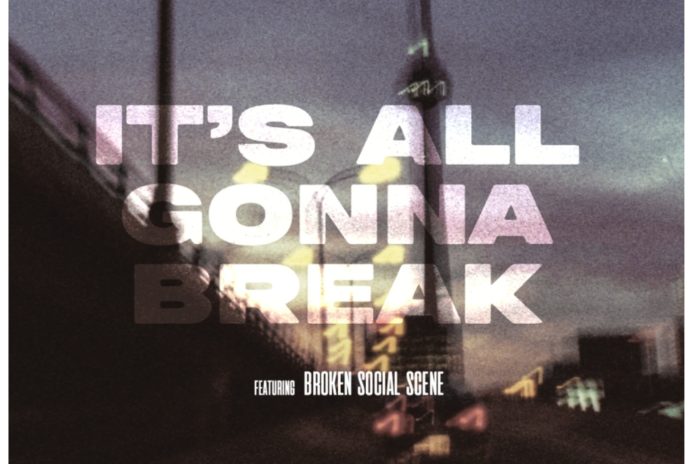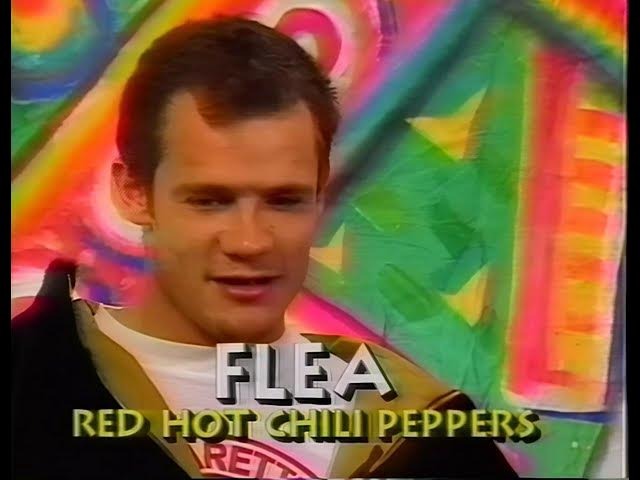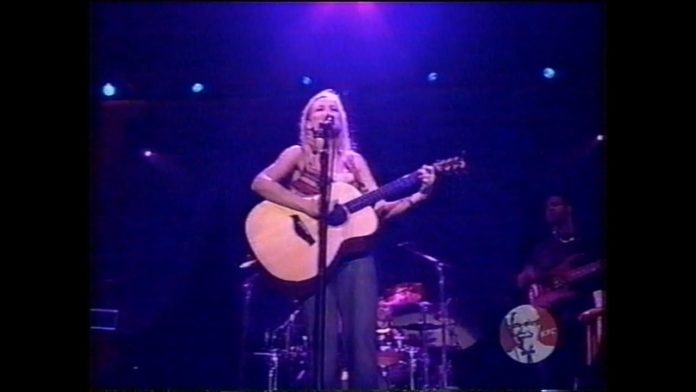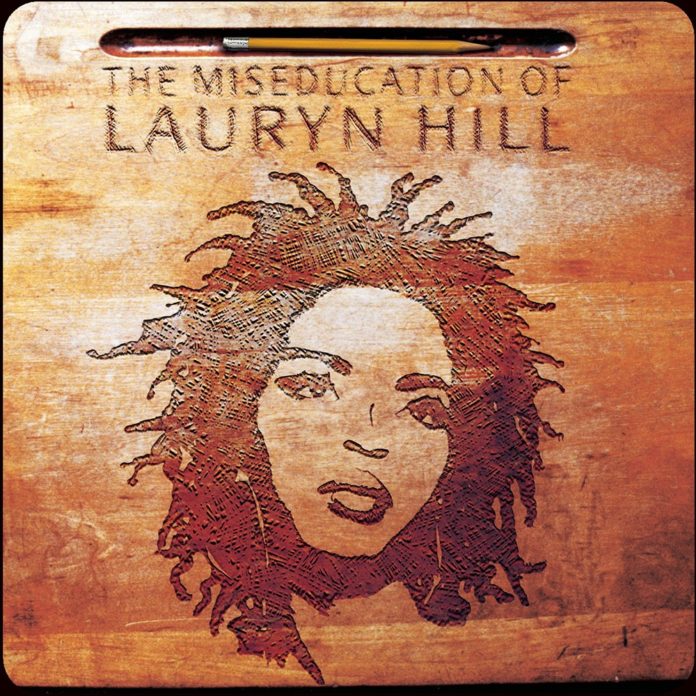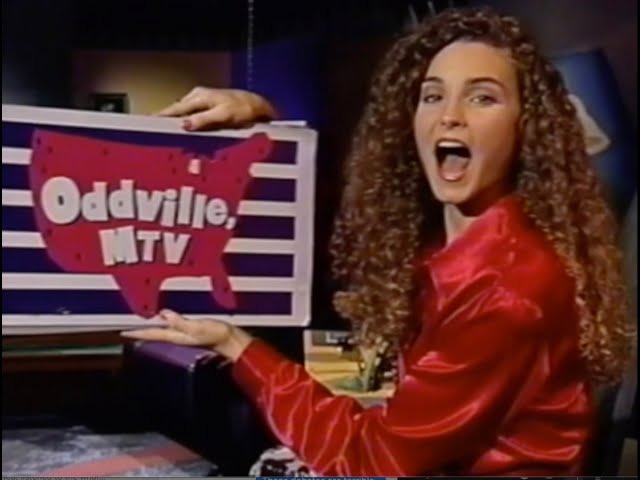Craft Recordings and Bluesville Records proudly announce two essential blues titles from a pair of the genre’s most influential artists: Jimmy Reed’s genre-defining 1958 debut LP, I’m Jimmy Reed, and Reverend Gary Davis’ 1960 masterpiece, Harlem Street Singer. Arriving November 15th, both albums will be issued on vinyl in partnership with audiophile leader Acoustic Sounds and feature all-analog mastering by GRAMMY-nominated engineer Matthew Lutthans (the Mastering Lab). Both LPs are pressed on 180-gram vinyl at Quality Record Pressings(QRP) with faithfully reproduced tip-on jackets. Rounding out the package are OBIs that offer insightful reflections by GRAMMY-winning producer, writer, musician and record executive Scott Billington. Additionally, both albums will be reissued on CD, while the stunningly remastered hi-res audio is available today.
Launched in February, Bluesville Recordings celebrates America’s bedrock music genre, as well as the trailblazing musicians that contributed to its rich traditions, through handpicked titles—all culled from the catalogs of such legendary labels as Stax,Prestige, Vee-Jay, Vanguard, Rounder and Riverside. Since its inception, the imprint has garnered high marks from the press, including such esteemed outlets as Record Collector, Glide Magazine and No Depression—the latter of which praised that the releases “sound fabulous. . . . The blues revival is real and we are extremely fortunate to have these cornerstones available again.” Speaking to a recent reissue of Skip James’ Today!, Tracking Angle raved, “This record lives and breathes almost sixty years after it was put to tape . . . I have multiple copies . . . and this Bluesville reissue is by far the best sounding. It puts you in the room with the artist.”
Tracking Angle also enjoyed a pressing of the John Lee Hooker classic Burnin’ Hell, hailing the LP as “a terrific sounding stereo edition that puts Hooker on stage in your room . . . [it] demonstrates the great care that’s going into this Bluesville project.” While Positive Feedback marveled, “This all-acoustic album has a level of quiet that’s remarkable for tapes of this age! The pressing from QRP is immaculate.” They added that the hi-res digital release is “astonishingly good . . . definitely on par with what I heard from the excellent 180-gram LP over the all-analog system.”
In addition to its ongoing schedule of reissues, Bluesville seeks to honor these foundational artists—and their immeasurable impact on modern music—through a variety of initiatives, including curated playlists, in-depth editorial content, dedicated social media channels and much more. For more information, visit bluesvillerecords.com and read about the latest releases below:
Jimmy Reed – I’m Jimmy Reed (1958)
Singer, songwriter, guitarist and harmonica player Jimmy Reed (1925–1976) was one of the most revered bluesmen of the 20th century. His electrified songs not only inspired a generation of artists but also were covered by such legends as Elvis Presley, the Animals, Tina Turner, the Yardbirds and the Rolling Stones, just to name a few. Born in Mississippi, Reed relocated to the Midwest, where he honed his talents through busking and, by the early ’50s, had established himself as a vital player in the scene, signing to Chicago’s Vee-Jay Records. Over the next decade, Reed (who often wrote with his wife, Mary) released a steady stream of hits.
His debut full-length, 1958’s I’m Jimmy Reed, culled 12 of these best-loved singles—all released between 1953 and 1958—including “Honest I Do” (No.4 on the R&B chart and No.32 on the Pop chart) and “Ain’t That Lovin’ You Baby,” which peaked in the R&B Top 10 and quickly became a standard, covered by blues artists, pop singers and rockers alike. Other highlights include Top 5 R&B hits like “You Got Me Dizzy” and “You Don’t Have to Go,” as well as such popular B-sides as “Boogie in the Dark.”
Joining Reed on these recordings is an array of talented players, including drummer Earl Phillips and celebrated blues guitarist Eddie Taylor. Several soon-to-be legends also appear on the album—John Brim (on one of Reed’s earliest recordings, “Roll & Rhumba”) and Albert King, as well as drummer Vernel Fournier. Hailed by Record Collector as “arguably the first great blues album,” I’m Jimmy Reed became a must-have for every self-respecting blues fan—not to mention countless aspiring rock-and-rollers. Reed, who continued to enjoy a prolific career into the ’60s, was later honored with posthumous inductions into the Blues Hall of Fame and the Rock and Roll Hall of Fame.
Speaking to the album, Scott Billington remarked, “Jimmy Reed’s music is deceptively simple—his laconic vocals and squeaky high harmonica solos give the impression of a back porch musician. However, his songs are among the most enduring (and at times most poetic) in the blues. . . . His first album, I’m Jimmy Reed, is his best, beautifully recorded at Bill Putnam’s Universal Recording in Chicago (to this record producer’s ears, the snare drum sound on ‘Honest I Do’ is impossibly perfect). I’ve spent decades coming back to this album every so often, and I get something new each time.”
Click here to pre-order I’m Jimmy Reed and view a tracklist below.
Reverend (“Blind”) Gary Davis – Harlem Street Singer (1968)
Admired for his rousing vocals and masterful fingerpicking technique on the guitar and banjo, Reverend Gary Davis (1896–1972) captivated audiences around the world with his genre-defying songs. Born in South Carolina, Davis (also known as “Blind” Gary Davis) was a self-taught musician and ordained minister, who blended influences of ragtime, gospel, blues and folk into his songs. After launching his lengthy career in North Carolina, where he became a key figure in the Piedmont blues scene, Davis relocated to New York, where he split his time between preaching, busking and recording. It was the ’60s folk revival, however, that made Davis an international star, as he performed for—and inspired—many of the era’s rising artists. His long list of acolytes includes the Grateful Dead, Dave Van Ronk, Bob Dylan, Jefferson Airplane and Ry Cooder, among countless others.
1960’s Harlem Street Singer was released just as Davis’ profile was skyrocketing, one year after his awe-inspiring performance at the inaugural Newport Folk Festival. Recorded by the great Rudy Van Gelder in one three-hour session, the album features 12 deeply expressive spirituals (all but two of which are originals by Davis), including a pair of the artist’s most famous tracks: “Samson and Delilah” (a re-working of the traditional “If I Had My Way,” which Peter, Paul, and Mary and the Grateful Dead famously covered in his style) and “Death Don’t Have No Mercy” (soon to become an oft-covered anti-war anthem). Other highlights from Davis’ impassioned solo performance include the traditional “Twelve Gates to the City,” as well as his own “Goin’ to Sit Down on the Banks of the River” and “I Am the Light of this World.” Long considered to be Davis’ masterpiece, Harlem Street Singer remains an essential title of the folk era.
“The impressions that can nearly seize you when you first hear the music of the Reverend Gary Davis are its intensity and conviction, as if every fiber of his being was focused on getting his message out. You can’t turn away,” says Scott Billington. “Perhaps this was because he often performed on the street, but he was also a deeply spiritual man and an ordained minister who had something to say. His virtuosity, especially as a 12-string guitarist, can be jaw-dropping.”
Click here to pre-order Harlem Street Singer and view a tracklist below.
Jimmy Reed – I’m Jimmy Reed Tracklist (Vinyl):
Side A:
- Honest I Do
- Go On To School
- My First Plea
- Boogie In The Dark
- You Got Me Crying
- Ain’t That Lovin’ You Baby
Side B:
- You Got Me Dizzy
- Little Rain
- Can’t Stand To See You Go
- Roll & Rhumba
- You’re Something Else
- You Don’t Have To Go
Jimmy Reed – I’m Jimmy Reed Tracklist (Hi-Res Digital):
- Honest I Do
- Go On To School
- My First Plea
- Boogie In The Dark
- You Got Me Crying
- Ain’t That Lovin’ You Baby
- You Got Me Dizzy
- Little Rain
- Can’t Stand To See You Go
- Roll & Rhumba
- You’re Something Else
- You Don’t Have To Go
Reverend Gary Davis – Harlem Street Singer Tracklist (Vinyl):
Side A:
- Samson And Delilah
- Let Us Get Together Right Down Here
- I Belong To The Band
- Pure Religion
- Great Chance Since I Been Born
- Death Don’t Have No Mercy
Side B:
- Twelve Gates To The City
- Goin’ To Sit Down On The Banks Of The River
- Tryin’ To Get Home
- Lo, I Be With You Always
- I Am The Light Of This World
- Lord, I Feel Just Like Goin’ On
Reverend Gary Davis – Harlem Street Singer Tracklist (Hi-Res Digital):
- Samson And Delilah
- Let Us Get Together Right Down Here
- I Belong To The Band
- Pure Religion
- Great Chance Since I Been Born
- Death Don’t Have No Mercy
- Twelve Gates To The City
- Goin’ To Sit Down On The Banks Of The River
- Tryin’ To Get Home
- Lo, I Be With You Always
- I Am The Light Of This World
- Lord, I Feel Just Like Goin’ On

